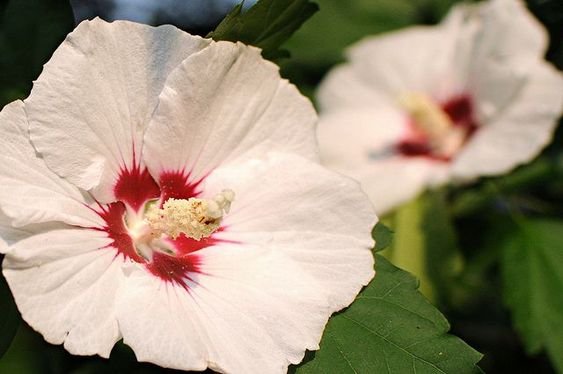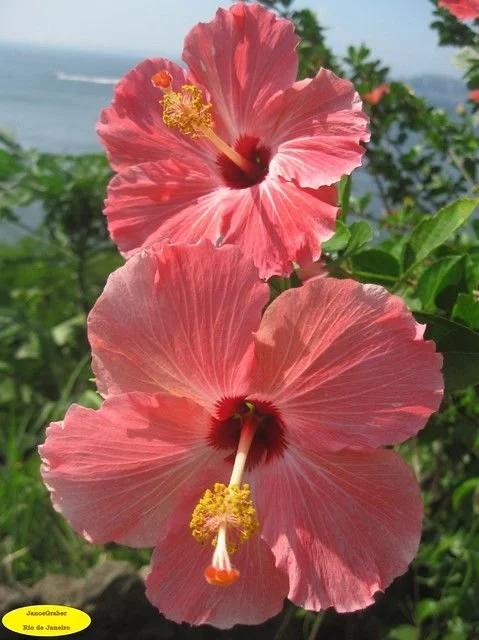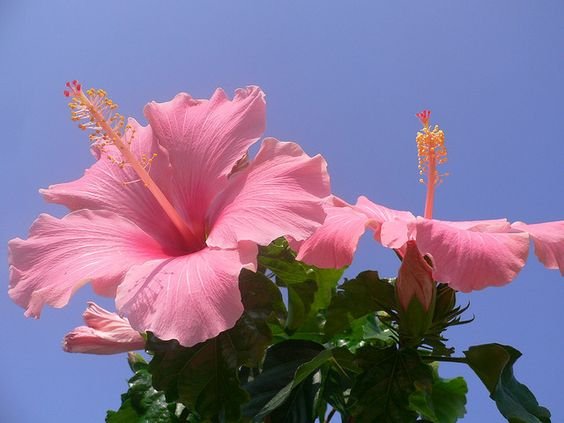Hibiscus, the Best Representative of South Korea
Let’s dive into the absorbing story of the Mugungwha!
Hibiscus syriacus, also known as the Rose of Sharon, is one of the good representatives of South Korea. It appears in many of the nation’s historical scenes, emblems, and throughout its culture. That’s why we included it in our first Advent Calendar along with the N Seoul tower and Gyeongbokgung palace. Today, I will talk about its various characteristics and how it became a national flower of South Korea. Let’s dive into the story!
The main characteristic is the endurance of it. The flower boosts its remarkable resilience when it gets damaged and needs minimum maintenance to grow again. This is a good explanation as to why Koreans have been attracted to this plant. People have longed for the prosperity of the nation and themselves in many adversities. This aspect is well indicated when we understand the meaning of the Korean word Hibiscus, “Mugunghwa”. The word, “Mugung”, exhibits its symbolic significance meaning "eternity" or "inexhaustible abundance”. At this point, the modern state of South Korea adopted this flower as the national emblem to symbolize triumphs as well as struggles.
Painting of King Dangun, Founder of Gojoseon (Unknown - 108BC)
Source: Dangun by Jacques Beaulieu – Under Creative Commons license
History of Hibiscus
The love for Hibiscus sprang a long time ago. The flower first gained attention as early as the Gojoseon Era, when the Mugunghwa was marked as “a blossom from heaven”. An important appearance in this period was King Dangun, he was often painted with Mugunghwa, illustrating its great significance. Since then, the Mugunghwa has continuously presented in the following Kingdoms. Records note that Korea was referred to in ancient China as “the land of gentlemen where Mugunghwa blooms.” Till the Joseon Dynasty, people had embroidered exquisitely in their clothes, painted with a highly positioned person, and even civil servants were rewarded with paper versions of the flower.
Although it’s not common to see Koreans consuming hibiscus, all parts of hibiscus plants are popular ingredients in tea and food from old times. Specifically, hibiscus tea is well known for its effects of treating various conditions such as to reduce blood pressure, to alleviate dry coughs and even for cancer with their soothing and astringent features. Since it contains natural acids, drinking it is also a great way to cure skin afflictions such as acne breakouts and dead skin cells. In addition, it is naturally calorie and caffeine-free so it’s highly recommended as a healthy alternative!
If you are good at spotting things, try to find “Mugunghwa” on our Seoul Beauty Wardrobe Advent Calendar Box!







